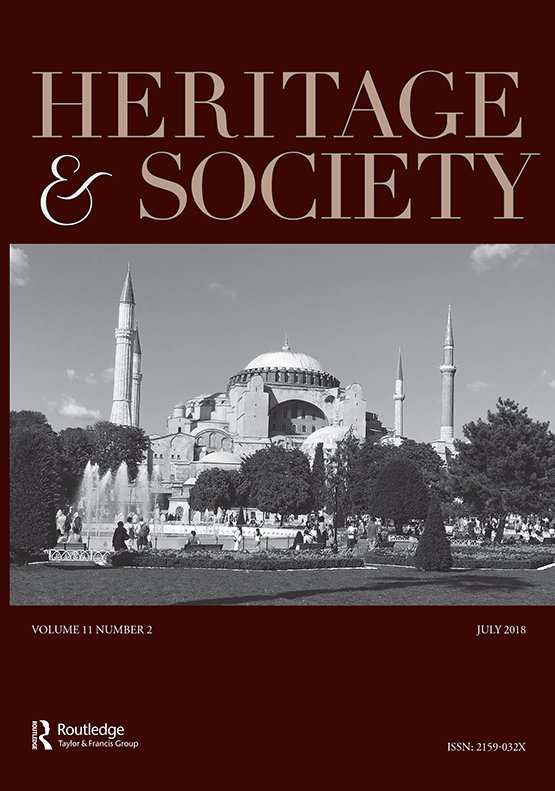
“Time, Architecture and Domination: The Valley of the Fallen” (R. Delso, A. Amann y F. Soriano, Heritage & Society 11(2): 126-150 [2018])
The Valley of the Fallen is the largest fascist monument constructed during Franco's regime. It comprises the largest Civil War cemetery; the corpses of Franco and Primo de Rivera; the tallest Christian cross in the world; a basilica carved out in the mountain; a Benedictine monastery and a 1000 hectares man-made forest. While the Valley’s symbolic conflict in contemporary Spain has been studied extensively, there has been no comprehensive analysis of the monument’s architecture and landscape, and the intentions of its creators. This article shows how every material object in the Valley was created to reinforce the narrative of the “new order.” The location, in the middle of the “royal route,” links Franco’s rule to the history of the Spanish Empire. The structure, calculated to last more than 1000 years, comprises a timeless architecture able to outlive the regime. The carved basilica, filled with thousands of corpses, introduces eternal time. These elements are just some examples of how the promoters of the Valley of the Fallen used time as a design tool in the creation of a site that acts as a totalitarian micro-cosmos of the regime’s ideology. Current debates about the resignification of the Valley and other recent-past monuments could benefit from understanding how the different temporal layers introduced during its creation play an active role in the monument’s meaning over time. Ultimately, the article shows how time could be used to create absolutist designs where their symbolic transformation needs to come together with a material one.